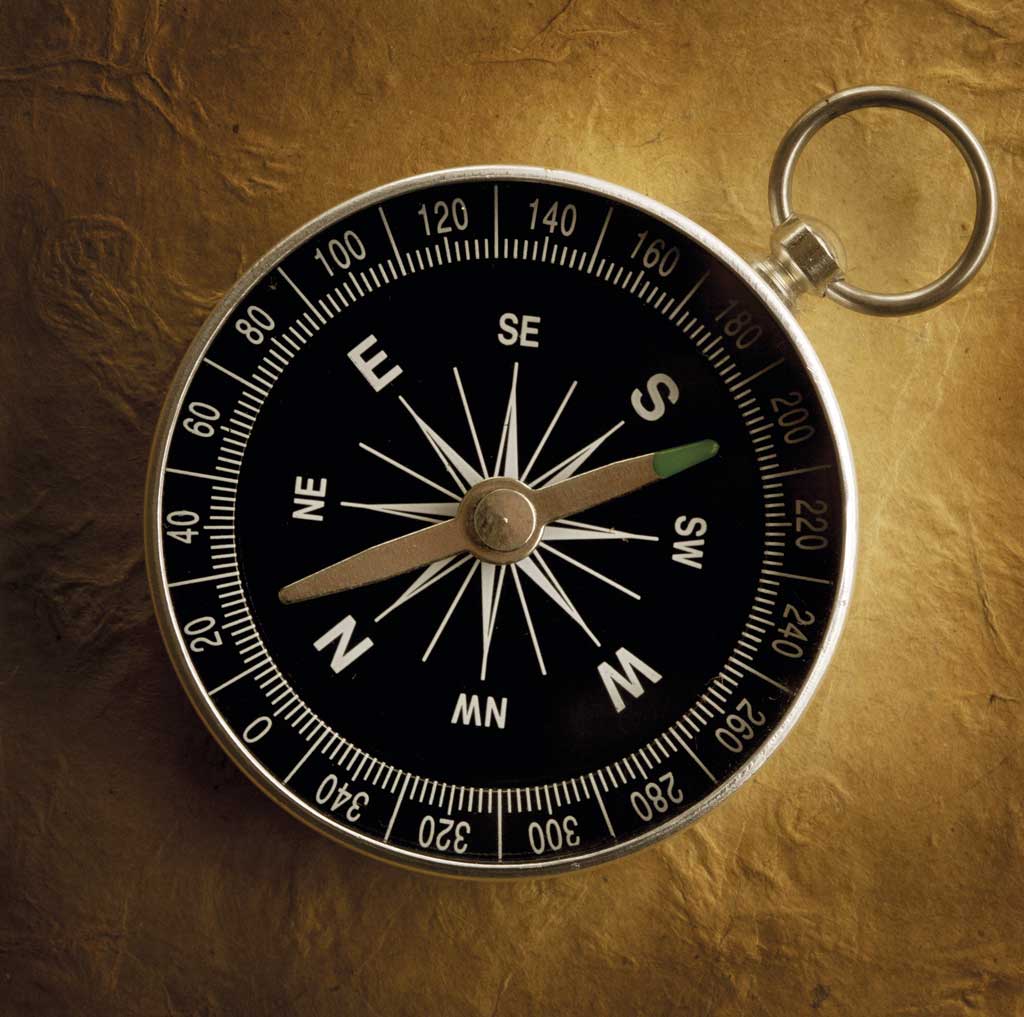We use cookies to improve and analyse your browsing experience on our web. You can accept these cookies, reject them or choose your settings by clicking on the corresponding buttons. Please note that rejecting cookies may affect your browsing experience. For more information you can consult our Cookies policy.
Cookies are an essential part of how our web works. The main goal of cookies is to make your browsing experience more comfortable and efficient and to improve our services and the web itself.
Here you can find all the information about the cookies we use and you can activate and/or deactivate them according to your preferences, except for those cookies that are strictly necessary for the operation of the web. Blocking some cookies may affect your experience on the web and how the site works. For more information you can visit our Cookie Policy.
These Cookies are necessary for the web to function and cannot be disabled on our systems. They are generally only set up in response to actions you may take such as requesting services, setting your privacy preferences, logging in or completing forms. You can set your browser to block or warn you about these cookies, but some parts of the web will not work. Information about Cookies.
These Cookies allow us to count the number of visits and traffic sources so that we can measure and improve the performance of our site. They help us to find out which pages are the most popular and least popular, and to see how visitors move around the web. All information collected by these Cookies is aggregated and therefore anonymous. If you do not allow these Cookies we will not know when you visited our web. Information about Cookies.
These cookies are used to analyse your activity in order to show you personalised advertisements.Information about Cookies.
Change theme

Revision mode

Sunrise (in the east) and sunset (in the west) allows us to orient ourselves; to identify east and to find the cardinal points: north, south, east and west.
In the Middle Ages, the compass was invented in China. A compass indicates north, and its opposite, south.

Just like the other planets, the Earth moves in two different ways: rotation and revolution.

The Earth rotates on an imaginary line called the Earth's axis. The axis is a little tilted and runs through the centre of the planet between the North and South Poles.
15.04.21.png?idcurso=612899)
In the diagram, you can see that the Sun's rays only reach part of the Earth's surface. As the Earth turns on its axis during the course of the day, different parts of the planet are gradually illuminated. This is what causes days and nights.

It takes the Earth 365 days and 6 hours to complete one revolution. A calendar year is 365 days, so the 6 hours accumulate. Every 4 years we add one day to the month of February, which goes from 28 days to 29. A year with 366 days is called a leap year.
Because the Earth's axis is tilted, the Sun's rays hit the Earth differently depending on the time of year, causing variations in temperature and the length of the day. So, as the Earth revolves around the Sun, we get different seasons: spring, summer, autumn and winter. The seasons in the Northern and Southern Hemispheres are opposite: when it is summer in the Northern Hemisphere, it is winter in the Southern Hemisphere.
15.10.50.png?idcurso=612899)
Activity 8
Listen and choose true or false. Say the correct answer for the false ones.
Activity 9
Responde a las siguientes preguntas: (500 palabras máximo cada pregunta)
Activity 10
Responde a las siguientes preguntas: (500 palabras máximo cada pregunta)
Activity 11
Responde a las siguientes preguntas: (500 palabras máximo cada pregunta)

